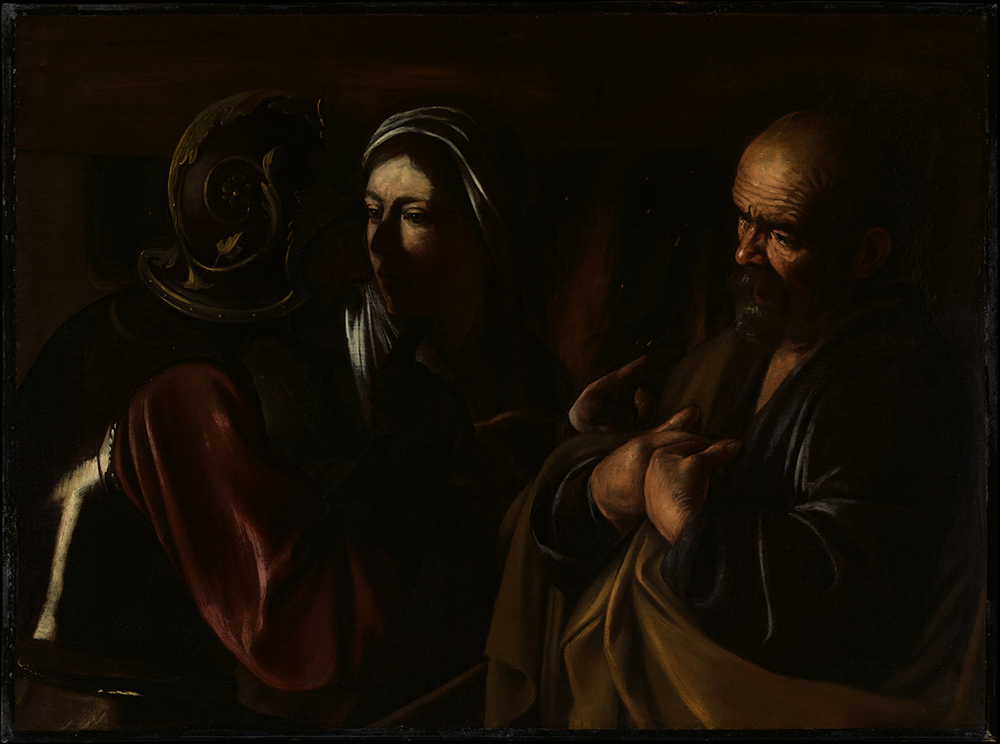
The Metropolitan Museum of Art, New York, is offering patrons a once-in-a-lifetime opportunity to view works by Michelangelo Caravaggio — specifically, the last two paintings the artist ever produced.
As has been noted here, and elsewhere, Michelangelo Caravaggio possesses one of the most fascinating and mysterious biographies in art history, which has aided the production of a mountain of scholarship on his life. Equally — if not more — exceptional was his art, which helped usher in a new age of naturalism and drama known today as the Baroque period.
Many scholars have attempted to link the artist’s chaotic life as a fugitive with the changing nature of his paintings between 1605 and 1610, with focus centering on the last paintings Caravaggio made. In what can only be described as a once-in-a-lifetime opportunity, the Metropolitan Museum of Art, in New York City, has brought together Caravaggio’s last two paintings for exhibition. The display of the works, “The Martyrdom of Saint Ursula” and “The Denial of Saint Peter,” is their first since a 2004 exhibition in London and Naples.

To be sure, there is a remarkable difference between Caravaggio’s late works and his commissions made in Rome during the height of his career, circa 1599-1605. Nearly every Caravaggio scholar agrees that the artist’s last paintings reveal something personal and close to the artist. Between 1606 and 1610, Caravaggio was on the run from papal authorities after murdering a man. Caravaggio’s last works seem to reveal much about his own psychological state as they convey biblical narratives.
Caravaggio died of illness in 1610 while travelling back to Rome, where he was reportedly to receive a papal pardon for his crime. Period reports suggest Caravaggio collapsed on a beach in Porto Ercole and died about three days later.
The two paintings went on display April 11 and will continue through July 9. To learn more, visit The Metropolitan Museum of Art.
This article was featured in Fine Art Today, a weekly e-newsletter from Fine Art Connoisseur magazine. To start receiving Fine Art Today for free, click here.







